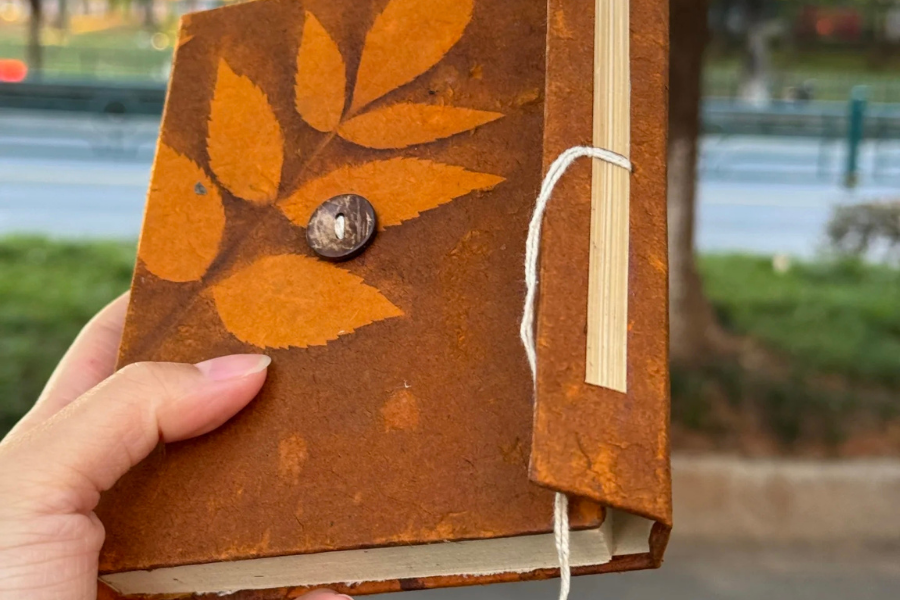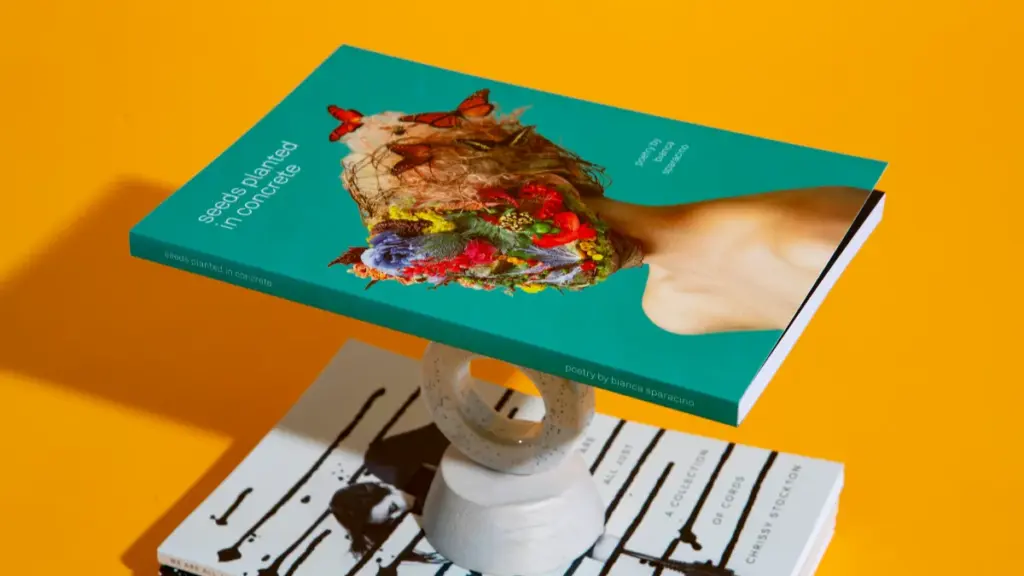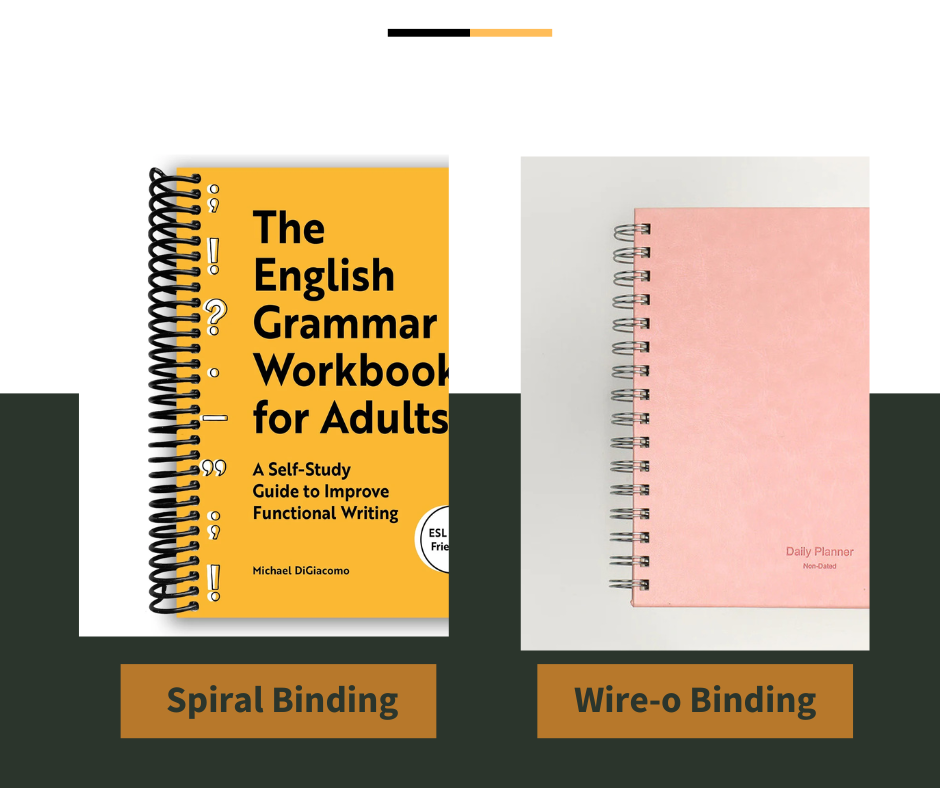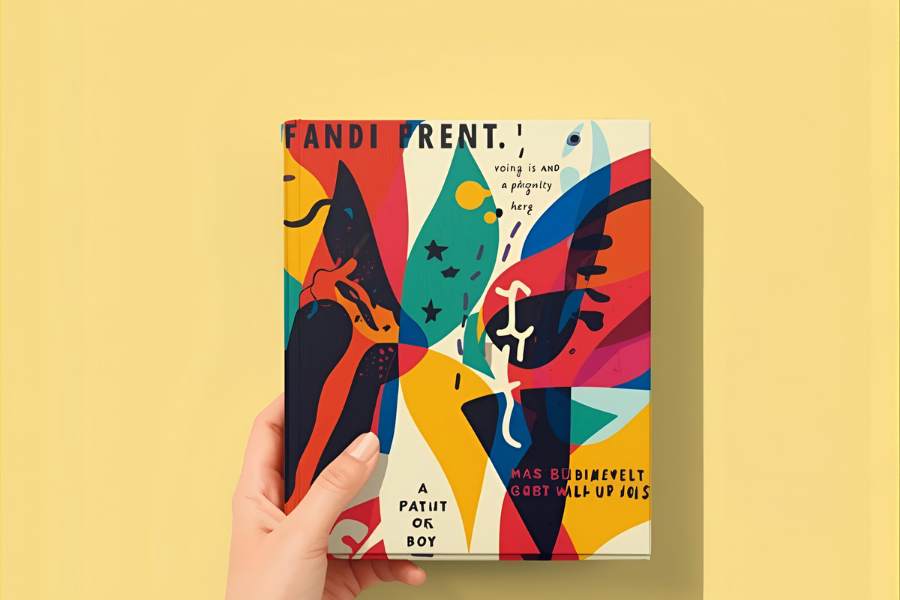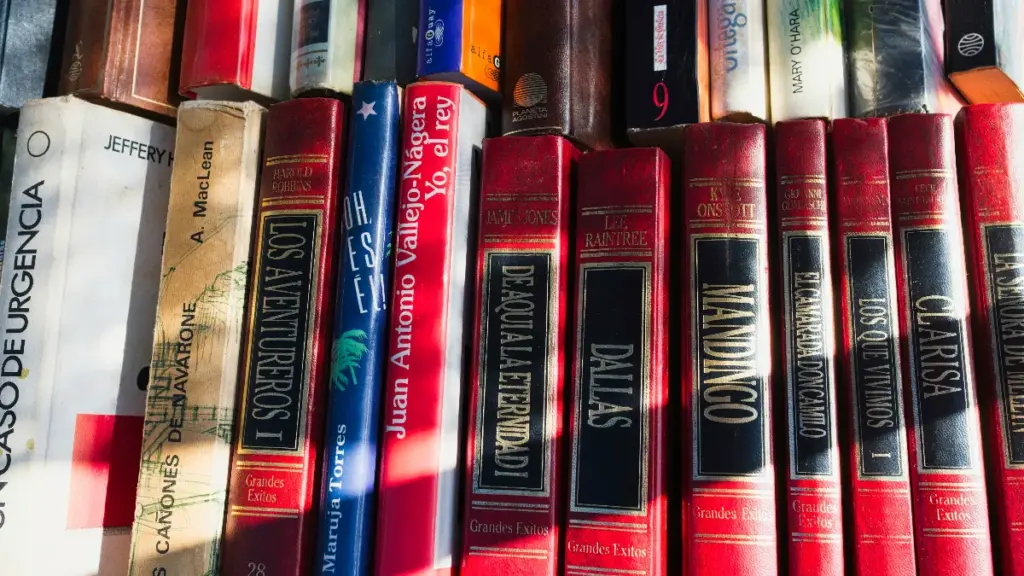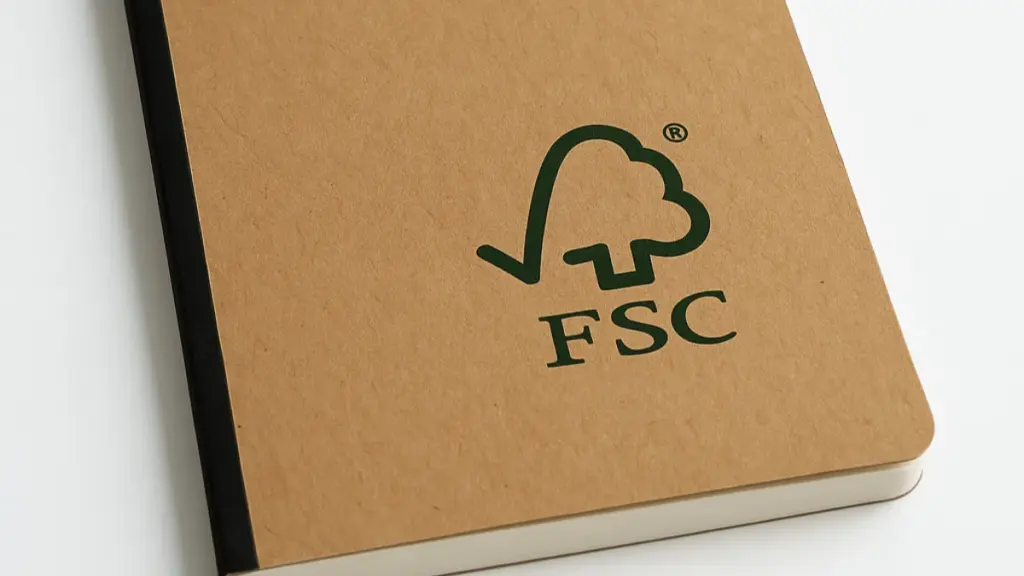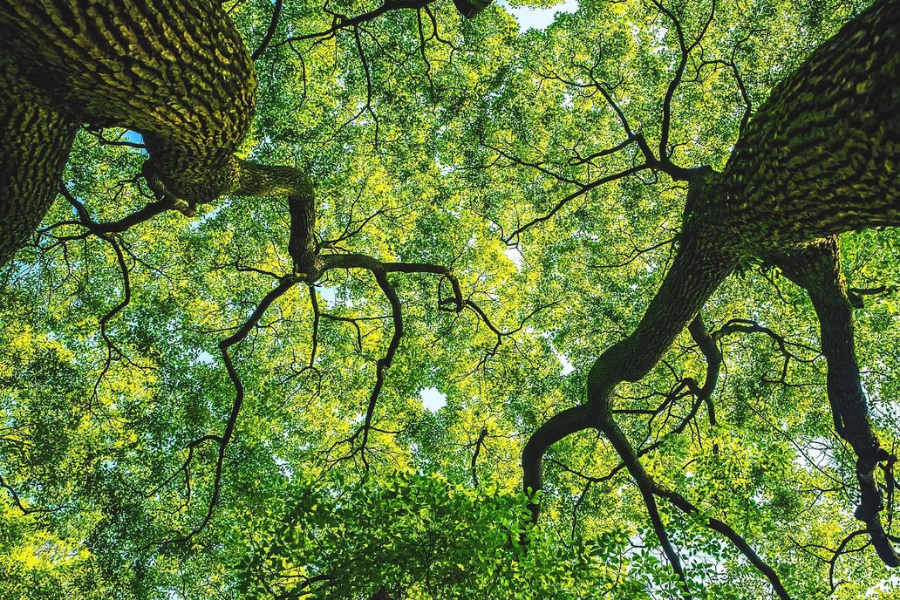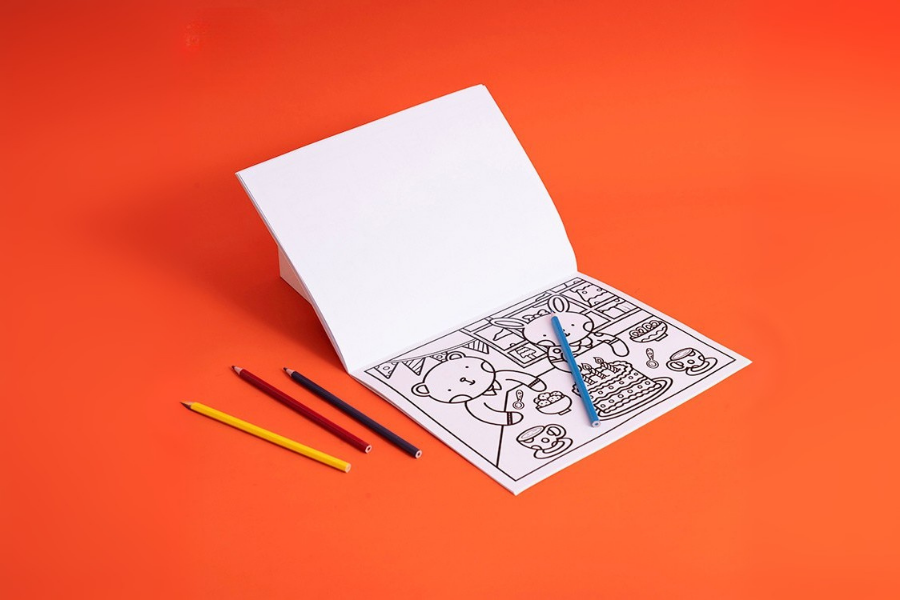Какая бумага лучше для печати книг? Выбор правильной бумаги — ключевой шаг для любого книжного проекта., специально для авторов, издатели, или интернет-продавцы, работающие с большими тиражами. Правильный выбор влияет не только на то, как ваша книга выглядит и ощущается, но также на ее долговечность и впечатления от чтения.. В этом руководстве описаны основные типы бумаги., weights, finishes, and sizes, helping you make an inform decision for your projects.
Key Paper Specifications You Must Know
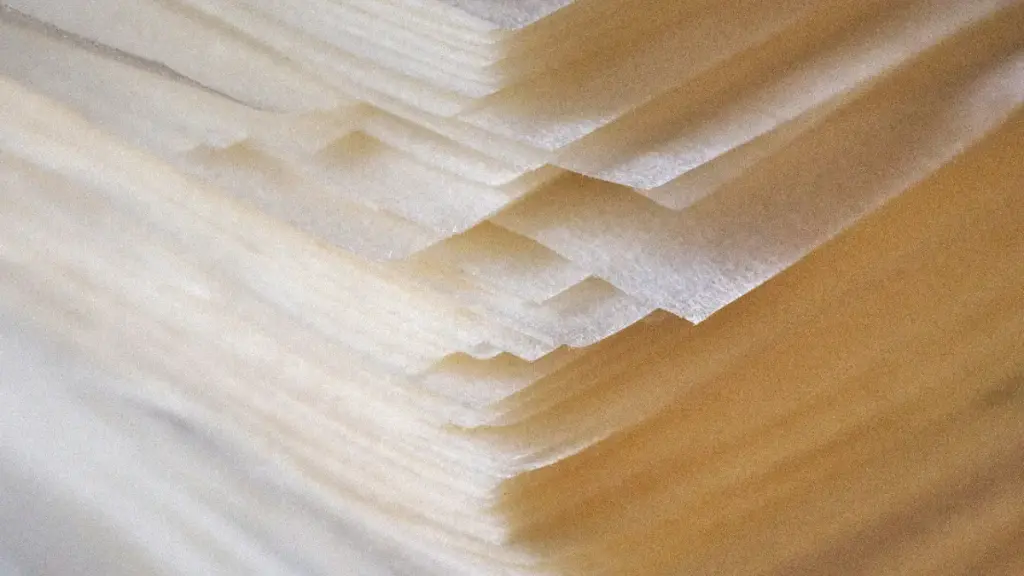
When it comes to book printing, understanding paper specifications is essential. Here lists some paper specifications:
Paper Weight (GSM)
Paper weight is measured in grams per square meter (GSM). It indicates the thickness and density of the paper. A higher GSM means thicker and heavier paper. Например, standard novel pages often use 80–90 GSM, while high-quality art books may use 120 GSM or more. Weight affects the book’s feel and handling, as well as shipping costs.
Thickness (Caliper)
Thickness, or caliper, is measured in microns (µm) or points (pt). It determines the stiffness of the sheet. Two papers with the same GSM can have different thicknesses due to fiber composition and manufacturing. Thicker paper resists bending, giving a more solid, ощущение премиум-класса.
For typical book printing:
- Textbook and novels: 70–120 µm (0.07–0.12 mm)
- High-quality art or photo books: 120–200 µm (0.12–0.20 mm)
- Cover paper or cardstock: 200–400 µm (0.20–0.40 mm)
Opacity
Opacity measures how much light passes through paper. Low-opacity paper is more transparent, which can lead to text showing through from the other side. A typical opacity for high-quality book paper is 90–95%. Higher opacity reduces ghosting, making the reading experience more comfortable.
Brightness
Paper brightness refers to how much light the paper reflects. It is usually rated on a scale from 1 к 100. Higher brightness values make text and images appear sharper and more vibrant. Например, a brightness of 80–90 is common for literary and educational books. While higher brightness improves contrast, it can also cause eye strain over long reading periods if too glossy.
An Overview Table About Book Paper
The table below summarizes common book printing paper types, their typical weight, reference sizes, and the kinds of books they are most often used for.
| Тип бумаги | Typical GSM / Масса | Common Sizes (дюймы / мм) | Suitable Book Types |
| Uncoated Paper | 70–90 GSM | Custom sizes | Романы, Учебники, рабочие тетради, записные книжки |
| Coated Paper | 90–150 GSM | Illustrated books, детские книги, photography books | |
| Cover Paper / Cardstock | 200–400 GSM | Paperback covers, hardcover dust jackets | |
| Специальная бумага | 100–300 GSM | Премиум-версии, gift books, limited releases |
Common Book Printing Paper Types
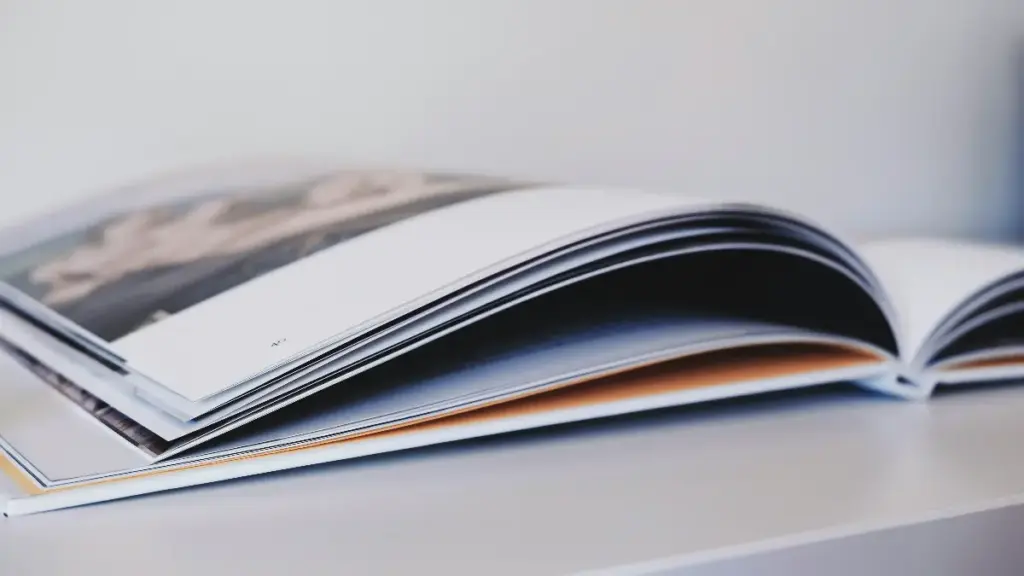
Books can be printed on various types of paper, each designed to deliver a specific reading experience. Here are some details about different book printing paper types.
Paper Types for Book Interiors
- Uncoated Paper: Uncoated paper has a natural, matte surface without any coating. It is made mainly from wood pulp or recycled fibers. Its surface absorbs ink well, producing crisp text while remaining soft to the touch. This paper is widely used in novels, Учебники, and workbooks, providing a comfortable reading experience for long sessions.
- Coated Paper (Glossy / Matte): Coated paper features a smooth surface achieved through a clay or mineral coating. It enhances color saturation and image clarity. Glossy coated paper creates vivid visuals, while matte coated paper reduces glare for a subtle finish. This paper is often used in illustrated books, детские книги, and photography collections.
Paper Types for Book Covers
- Cover Paper / Cardstock: Thicker than interior pages, cardstock provides structure and durability. Made from heavy paperboard, it may be coated or uncoated. Coated versions allow vibrant colors and high-resolution images to stand out. It is commonly used for paperback covers and dust jackets.
- Specialty Papers: Specialty papers include textured, colored, or recycled options. Materials such as linen, felt, or eco-friendly fibers give a tactile and distinctive appearance. These are often applied to premium editions, gift books, or limited releases to create visual and physical appeal.
What Is the Standard Book Printing Paper Size?
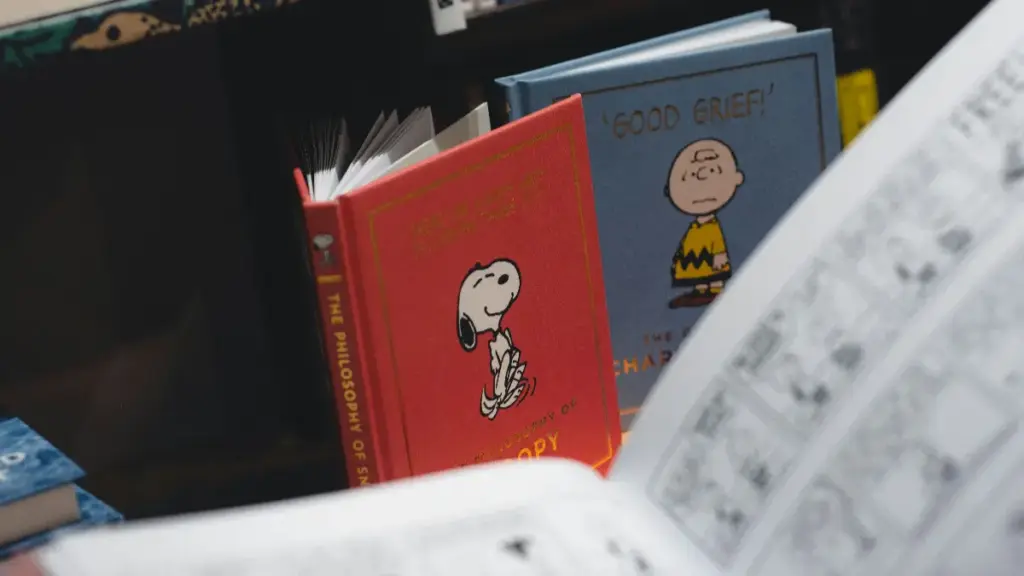
Book printing often follows standard sizes to balance readability, printing efficiency, and visual appeal.
- A5 (148 х 210 мм / 5.83 х 8.27 дюймы): A widely used international size, slightly smaller than trade paperback. Suitable for novels, журналы, and small non-fiction books.
- A4 (210 х 297 мм / 8.27 х 11.69 дюймы): Larger format commonly used for textbooks, руководства, and art books.
- 4.25 х 6.87 дюймы (108 х 175 мм): This compact size is often called mass market paperback. It is economical to print and easy to carry, making it suitable for smaller novels, genre fiction, and portable publications.
- 5.5 х 8.5 дюймы (140 х 216 мм): It works well for fiction, non-fiction, and academic books with moderate text density.
- 6 х 9 дюймы (152 х 229 мм): Known as trade paperback, this size is widely used in both fiction and non-fiction.
- 8 х 10 дюймы (203 х 254 мм): This larger size is common for textbooks, reference books, or art-focused publications.
- Square or landscape formats (НАПРИМЕР., 8 х 8 дюймы / 203 х 203 мм, 11 х 8.5 дюймы / 279 х 216 мм): These custom sizes are ideal for brochures, буклеты, детские книги, illustrated manuals, and photo-heavy editions.
How to Choose the Best Paper for My Book Printing Project
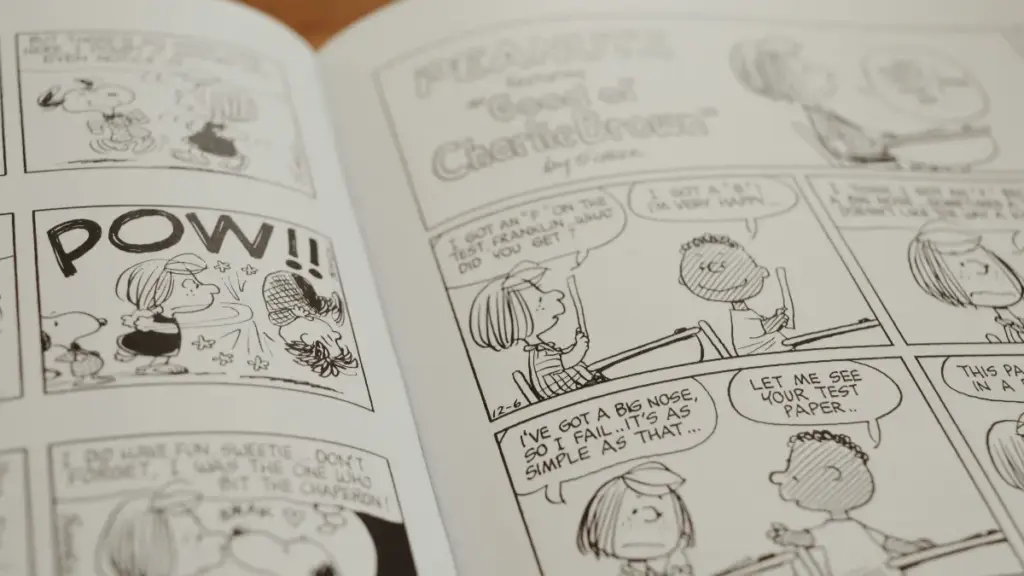
Choosing the right paper is essential for producing professional, долговечный, and reader-friendly books in large print runs. Several key factors should guide your decision:
- Подсчет страниц: The total number of pages affects paper weight selection. Heavier paper increases bulk and book spine thickness. Например, a 400-page novel may use 70–80 GSM uncoated paper, while a shorter illustrated book can support 120–150 GSM coated paper for sharper images.
- Book Size: Larger books often require thicker, higher-quality paper to prevent show-through and maintain structure, while smaller formats can use lighter paper to reduce overall weight. Matching paper thickness and opacity to the book’s dimensions ensures readability and a balanced feel.
- Тип привязки: Different bindings demand specific paper characteristics. Saddle-stitched books require lighter, more flexible paper for proper folding, while perfect-bound or case-bound books can accommodate heavier paper to ensure spine strength and durability.
- Budget Considerations: Paper choice directly affects printing costs. Standard uncoated text paper ranges roughly from $0.15–$0.25 per A4 sheet, whereas coated image-grade paper can cost $0.30–$0.50 per sheet. (Prices vary by region, supplier, and volume; the ranges above are typical for reference.)
- Environmental Certification: Many publishers now prioritize sustainable materials. Selecting papers with certifications such as FSC or PEFC ensures responsible sourcing and can improve brand image.
Work with a Professional Book Printing Manufacturer
For publishers and authors seeking reliable, high-quality book production, Xin Yi Printing offers over 20 years of experience in book printing and customization. We specialize in large-scale runs, providing a wide selection of paper types, finishes, and binding options for your booking project. Our advanced printing equipment ensures sharp text, vibrant images, and consistent quality across every copy. With a focus on timely delivery, cost-effective solutions, и sustainable materials like coffee grounds, we help clients bring their books to life efficiently and professionally. Partner with Xin Yi Printing to turn your publishing vision into a tangible, high-quality product. Talk to us today!












